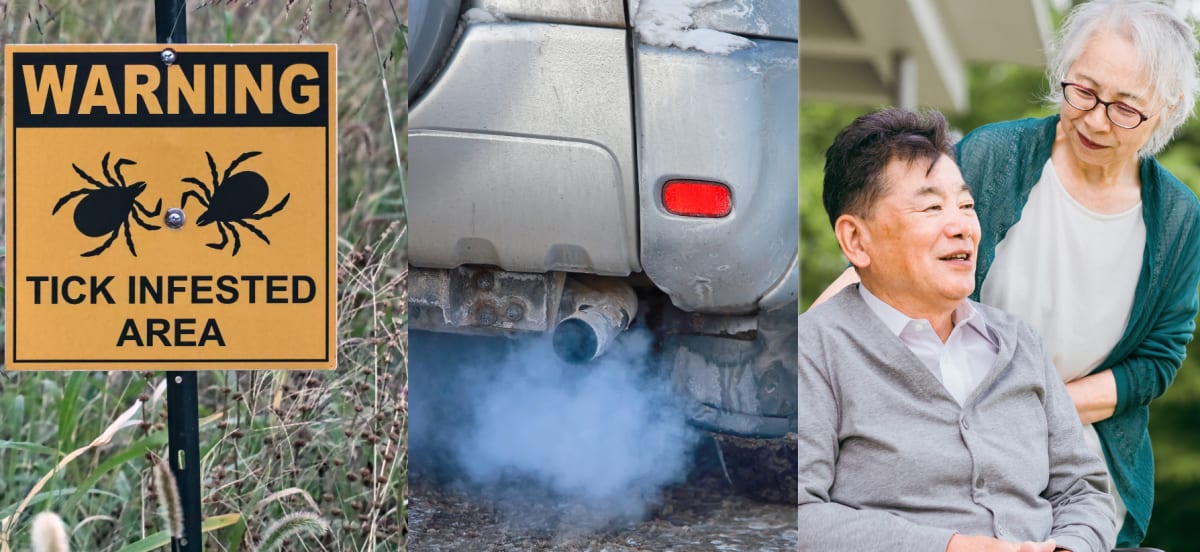Researchers at the Yale School of Public Health (YSPH) have uncovered significant racial and economic disparities in the health impacts of long-term exposure to nitrogen dioxide (NO₂)—a common air pollutant produced by vehicles, power plants, and industrial activity.
The national study, published in the Cell Press journal One Earth, is one of the first to jointly assess both exposure and susceptibility differences across U.S. populations, offering critical new insights to guide equitable pollution and health policies.
The Yale team analyzed more than 42 million U.S. death records from 2000 to 2016 and found that racial-ethnic minority populations were both more exposed to NO₂ pollution and more vulnerable to its harmful effects than their non-Hispanic white counterparts. While NO₂ concentrations were generally higher in wealthier counties, racial-ethnic disparities persisted across all income levels.
In low-income counties, non-Hispanic Black populations experienced the highest NO₂-related all-cause mortality burden, with rates more than twice those of non-Hispanic white populations. In high-income counties, the most affected racial-ethnic group varied by location, but non-Hispanic Black communities often faced the greatest health burden. NO₂ exposure was linked to deaths from cardiovascular disease, chronic respiratory conditions, dementias, and other causes.
“Racial-ethnic minorities, particularly those in low-income communities, are facing a double burden of higher exposure and greater health risk,” said senior author Dr. Kai Chen, PhD, associate professor of epidemiology (environmental health sciences) at YSPH and co-faculty director of the Yale Center on Climate Change and Health.
Authors: Lingzhi Chu, Yiqun Ma, Emma Zang, Lei Huang, Kai Chen
Study: Disparities in NO2-related health burden prevalent across race-ethnicity and income groups in the United States
Journal: One Earth
